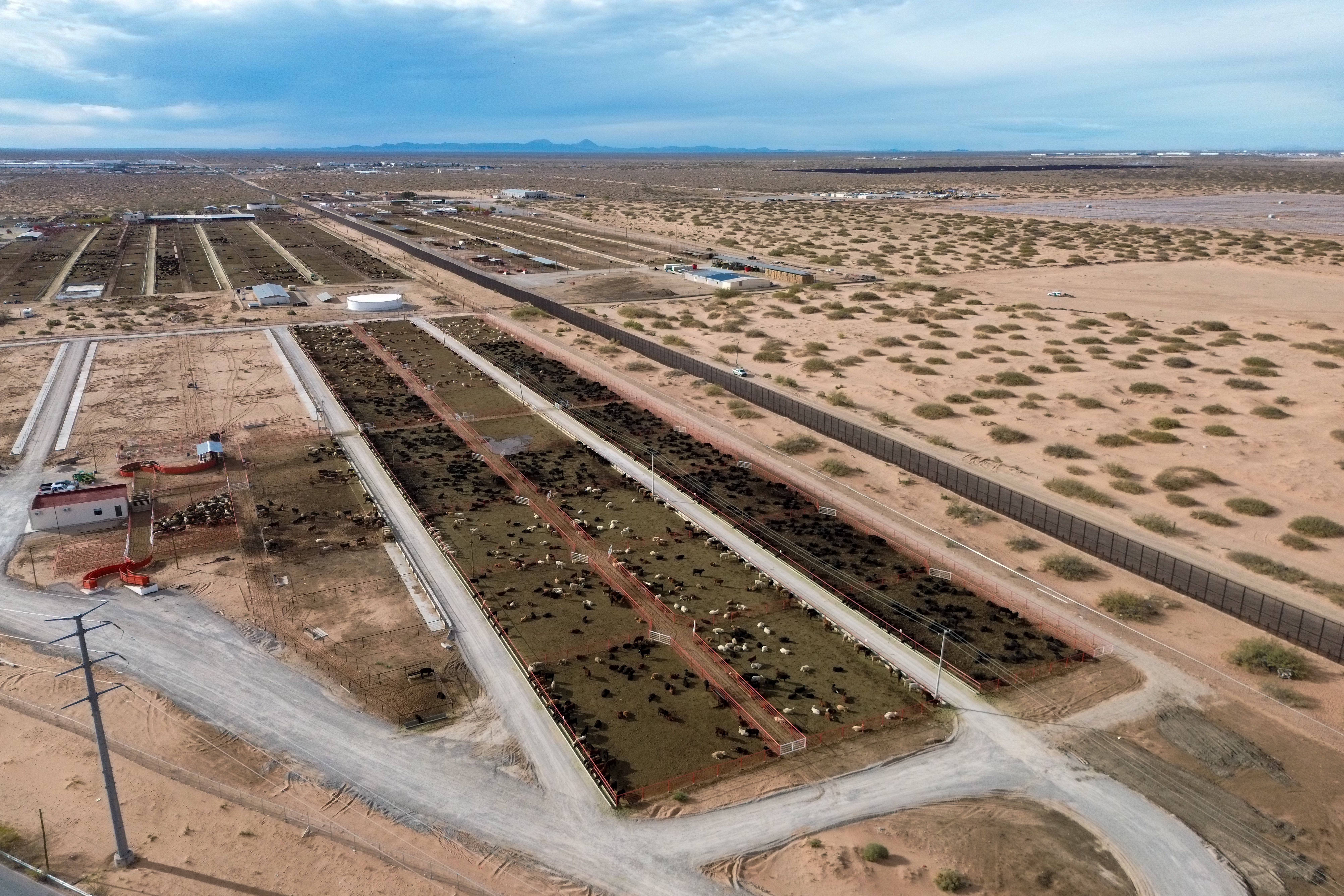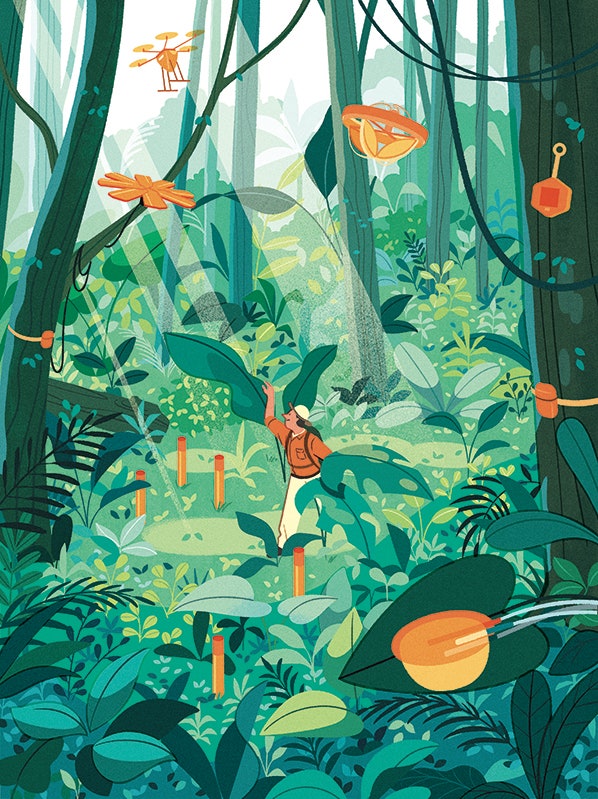A Parasite That Eats Cattle Alive Is Creeping North Toward the US
A Parasite That Eats Cattle Alive Is Creeping North Toward the US
There is a dangerous parasite known as the cattle fever tick that is causing concern as it moves north towards…

A Parasite That Eats Cattle Alive Is Creeping North Toward the US
There is a dangerous parasite known as the cattle fever tick that is causing concern as it moves north towards the United States. This parasite, scientifically named Rhipicephalus (Boophilus) annulatus, feeds on the blood of cattle and can transmit a deadly disease called bovine babesiosis.
The cattle fever tick is already a major problem in Mexico and has been steadily moving north due to climate change and the movement of infected livestock. If this parasite establishes a foothold in the US, it could devastate the cattle industry and lead to significant economic losses.
Efforts are being made to prevent the spread of the cattle fever tick, including increased surveillance and treatment of livestock, as well as research into new methods of control. However, with the changing climate and the interconnected nature of global trade, the risk of this parasite reaching the US remains high.
Cattle ranchers and veterinary professionals are being urged to remain vigilant and report any signs of the cattle fever tick to authorities. Early detection and swift action are key to preventing the spread of this dangerous parasite.
As the cattle fever tick continues its northward march, it serves as a stark reminder of the importance of biosecurity and the need for international cooperation in combating the spread of harmful pathogens. The threat posed by this parasite highlights the delicate balance between humans, animals, and the environment.
It is crucial that we stay informed about the movement of dangerous parasites like the cattle fever tick and take proactive measures to protect our livestock and food supply. By working together, we can prevent the spread of this parasite and safeguard the health and well-being of our cattle industry.




